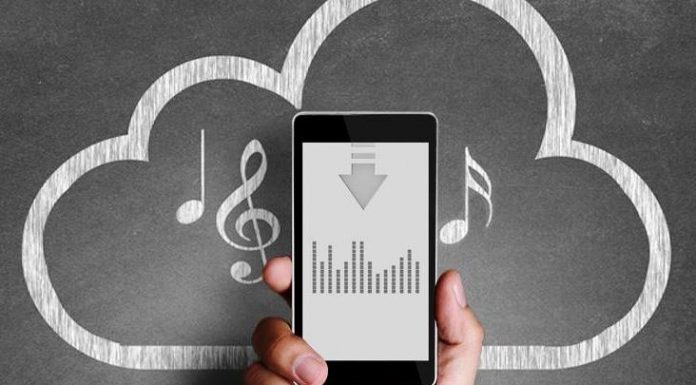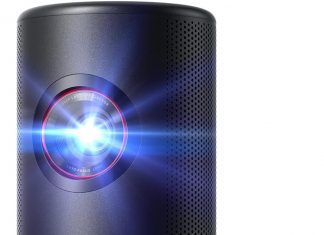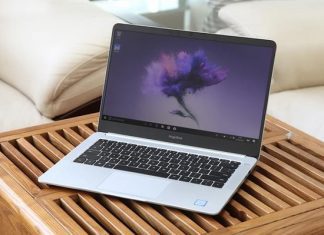Your devices probably came with some tools and applications that you have never used and will never use. That odd mobile game, pc cleaner, pdf reader, antivirus, weird toolbars, browser extensions, program updaters, manufacturer apps, and any other junk you might have on your device. These are useless additions that you probably don’t have control over and may even pose a threat to your device security.
What exactly is bloatware and how do you remove it from any of your devices?
What is Bloatware?
Bloatware is any piece of software, mobile application, tools, or browser extension that you did not install on your device. Bloatware comes bundled with devices on purchase and can be extremely hard to remove.
Other bloatware may be installed later, through a software update, or comes bundled with another useful program you may have installed. For instance, Adobe Acrobat, a popular pdf reader, often comes bundled with antivirus bloatware and browser extensions that you will probably never use.
Any piece of software that is not essential to your device’s operation and that you did not install is considered bloatware and probably not of any use to you. Sadly, reports show that manufacturers like installing bloatware on their devices and are not going to stop any time soon.
Why do Devices come with Bloatware?
Most manufacturers install as much bloatware as they can because it makes them money. You will notice that these tools are mostly used to display advertisements and offers. Others belong to a third-party developer that will ask you to pay for them at some point. More annoyingly, some bloatware is also reportedly used to collect user data which is then sold to third-party advertisers.
It’s therefore understandable why a manufacturer would put a dozen useless apps on their devices even though it probably annoys their customers and may affect device performance. Most users have no control over what tools come bundled with their devices and will probably never bother to remove them, which is great news for the manufacturers!
How Bloatware Affects your Devices
Slowing down your Devices
Too many unnecessary add-ons and applications on any device will eat into its resources and slow it down. Due to their nature, these useless applications will use a lot of computing resources in the background to download advertisements, offers, and to collect your usage data. Much of this processing is done in the background and without your intervention. More watchful users will see these apps running and stop them but a majority will think their device is too slow or has a fault.
Bloatware might Drain your Battery
Again, bloatware is known to be a resource hog and therefore not good for your mobile device’s batteries. You will find several unnecessary apps running in the background in your laptop or browser and draining your battery. This is especially annoying when such apps are badly engineered and not optimized to run on your device.
Bloatware pose Security & Privacy Risks
Some bloatware will collect user data and upload it to the cloud in the background. As mentioned, this is one of the reasons why manufacturers and software developers still add bloatware to consumer devices. Perhaps this is why you should always secure your phone and pc with VPN so that your data is protected from any data-collecting bloatware on them.
At the same time, some bloatware will pose a direct security risk as they are rarely updated by the users or developers. There have been numerous reports in the past where hackers using malware targeted popular bloatware that happen to have unfixed bugs at the time.
(Guide) Removing Bloatware from your Devices
There are two or three ways to get rid of the bloatware installed on your devices. The first method only works if the bloatware is not protected by the manufacturers. Such bloatware may also have come from some of the applications you installed on your device. For these types, you just need to uninstall the individual bloatware normally.
For Android devices, the only safe option you might have is to disable the bloatware. Go to the device’s settings> Applications, find the bloatware, and long press on it to disable it or use the app manager menu to disable it. This might not get rid of the app but it will keep it from running in the background, downloading adverts, or stealing your data.
Those using Microsoft Windows can also identify and uninstall the bloatware individually or use a third-party bloatware remover like PC Decrapifier.














